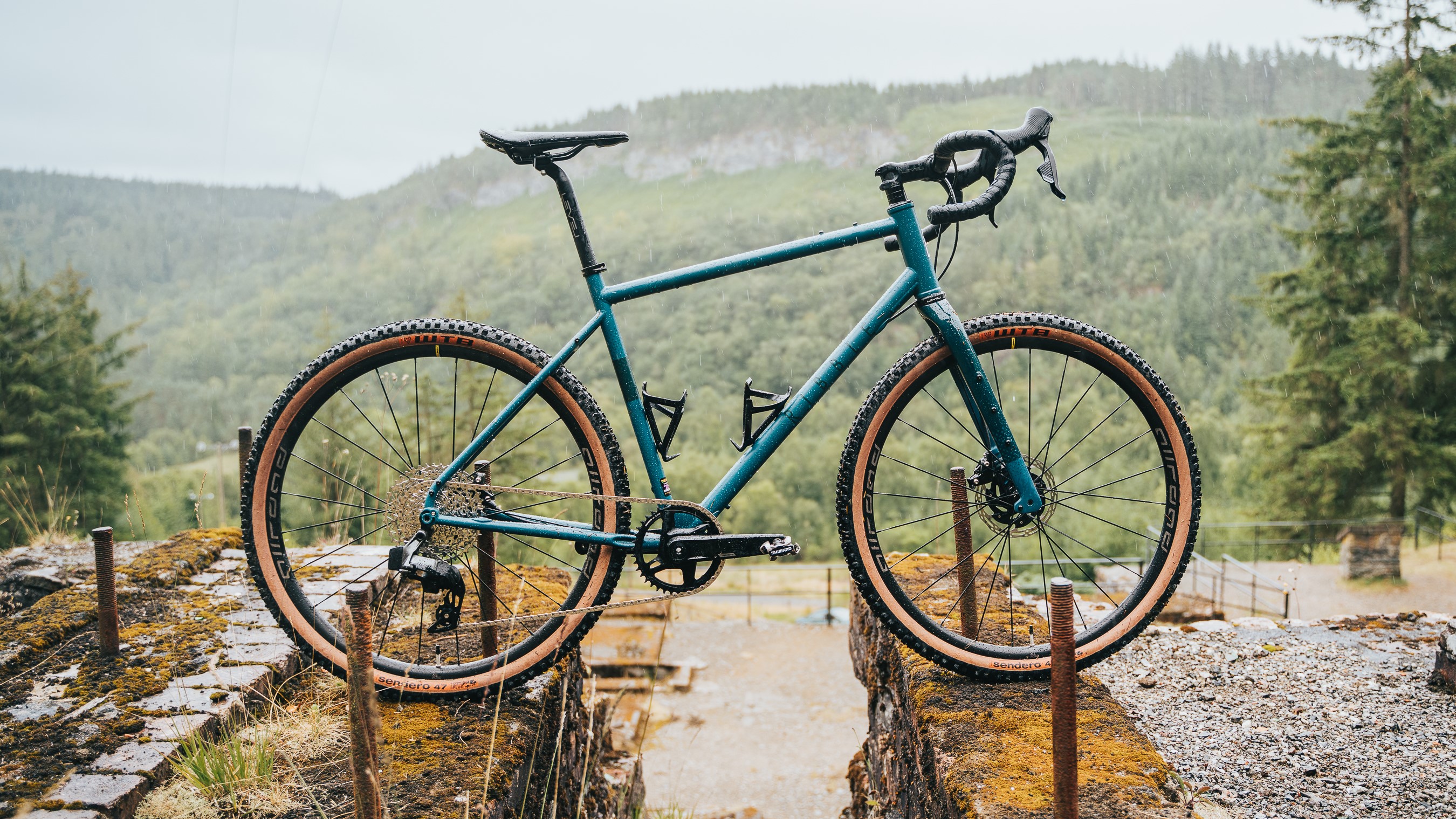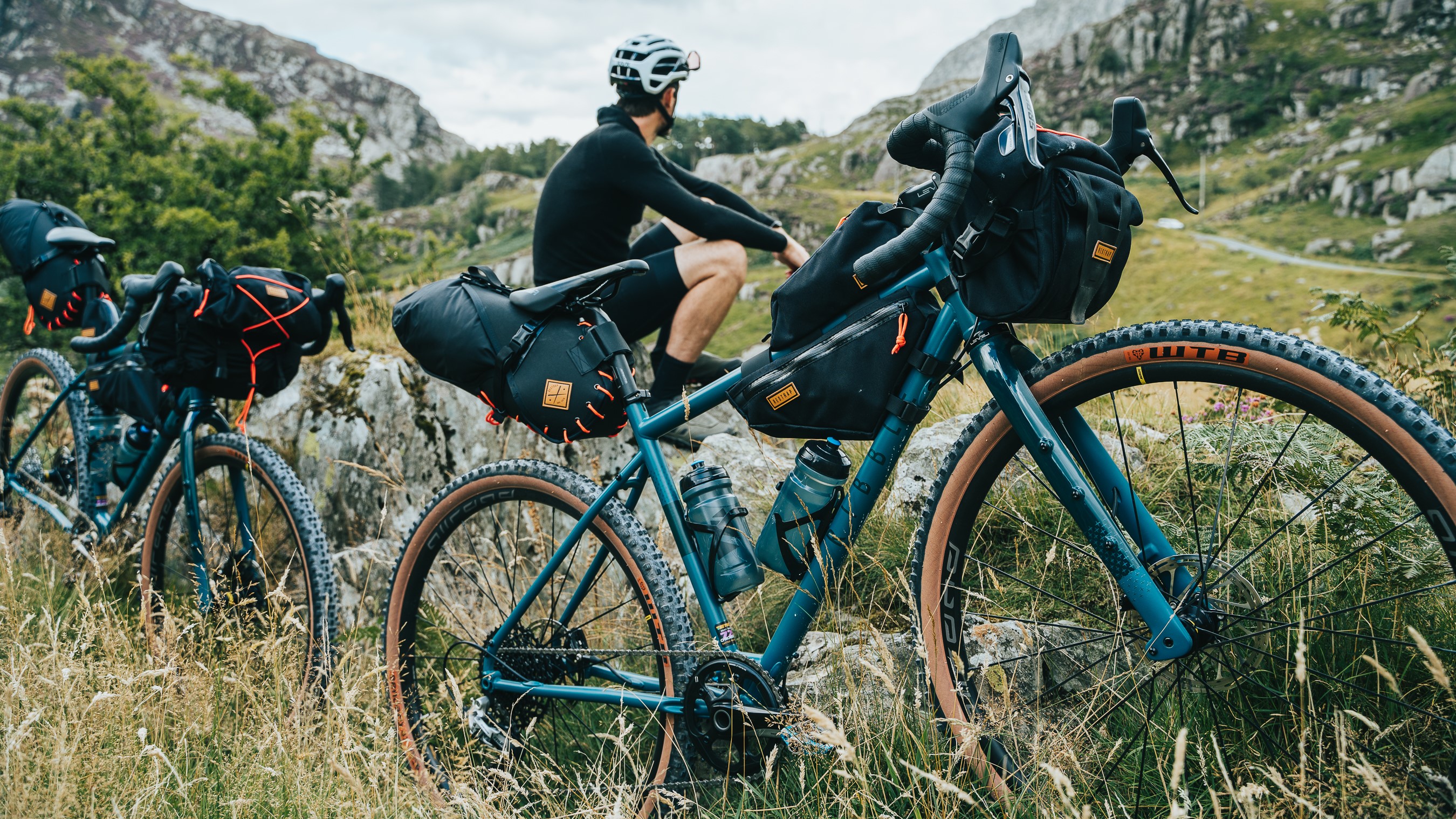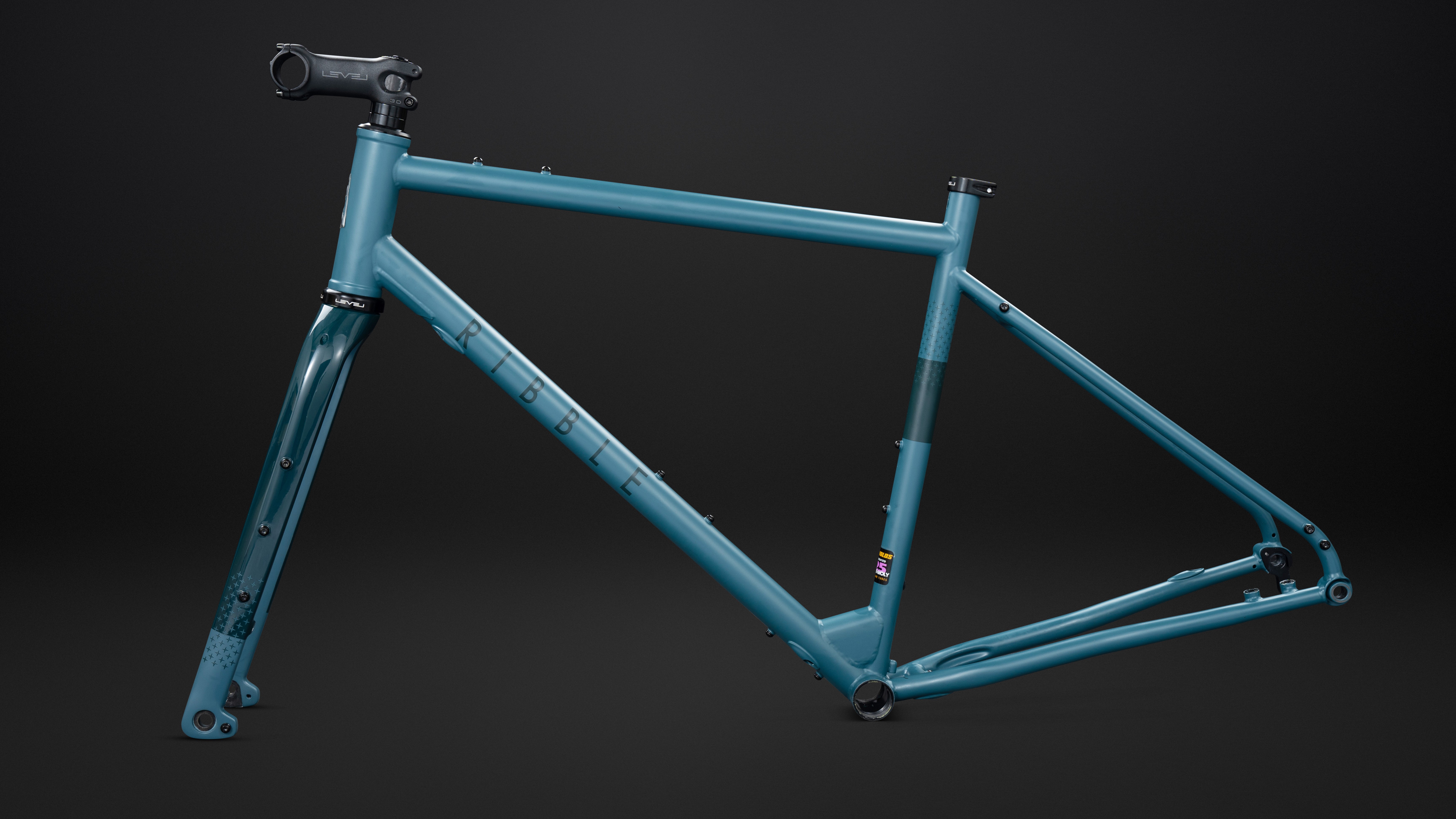Ribble joins the steel renaissance with the Gravel 725
New material, but the same geometry as Ti and Al models

Steel has been gently having a resurgence across many cycling disciplines, but it seems that gravel has been at the vanguard of the march. Yes, the best gravel race bikes are all carbon fibre, but that doesn’t mean the best gravel bikes should be too. My long-term gravel test bike, the Fairlight Secan, is steel and received a 5-star rating. Consumers seem taken with the perceived lack of fragility compared to carbon, and also aluminium equivalents. To bring its gravel range up to date with this demand, Ribble has launched the Gravel 725, a gravel bike essentially identical in geometry to the Gravel Ti (titanium) and Al (aluminium) models, but now in heat-treated Chromoly steel.

A material for every occasion
Ribble’s gravel range is slightly different to the way many brands operate. It simply has the ‘Gravel’ model, which, as you might imagine, is designed for gravel. With the exception of the SL, the brand's carbon offering that features a lower front end and more racy handling, the model now shares its geometry across three differing materials (aluminium, titanium, and now steel) so users can pick what suits them best.
The new Ribble Gravel 725 utilises triple-butted Reynolds 725 steel; the second tier of non-stainless steel from the Birmingham-based outfit. Generally speaking, steel is a bit more able to take abuse than carbon or aluminium. It’s not necessarily stronger, but rather than cracking it has a plasticity that causes it to dent or bend rather than fail totally. It’s no surprise to see Ribble leaning into this preconception and using bikepacking heavily in its promo shots and video clips.
It has all the hallmarks of a capable bikepacking bike: The geometry isn’t overly race-oriented, there’s clearance for 45mm tyres with 700c wheels, or 47mm with 650b, and there are enough mounting points on the frame and slim carbon fork legs to strap just about anything to it, including a traditional pannier rack, which will be a boon to smaller riders who can’t utilise a fashionable saddle-mounted option.
Credit where it’s due, too, on the fork. Many steel bikes opt for quite chunky-looking forks that can look at odds with the skinny steel tubes. This fork manages to carry both a slimmer silhouette to help the visual package and three mounting bolts for cargo cages. Similarly, the decision to opt for internal cable routing within the frame to avoid any headaches running hoses through bars, stems, headsets etc is also likely a good move on a bike with utilitarian aspirations.

Specs and build options
The key figures for the Ribble gravel 725 (in a medium) are thus: 71.5-degree head angle, 435mm chainstays, 66.5mm BB drop, 584mm stack, and 396.9mm reach. This is common across all three build options, though the smaller and larger models from the range of six (XXS-XL) do vary slightly in key angles like the head angle.
The frameset can be purchased separately for £1,299, or built up in three stock builds: Sport, Enthusiast, and Pro. Each build comes with 650b Mavic Allroad wheels shod with Halo GXC 47mm tyres and near identical finishing kit, so the main variation comes with the groupset.
Get The Leadout Newsletter
The latest race content, interviews, features, reviews and expert buying guides, direct to your inbox!
The Sport spec features SRAM Apex and will set you back £2,099, the Enthusiast uses Rival and costs £2,399, and the top-end Pro model gets a Rival XPLR AXS groupset to the tune of £2,899. International pricing and availability are still pending.
For the full build rundown head to the Ribble website.

Will joined the Cyclingnews team as a reviews writer in 2022, having previously written for Cyclist, BikeRadar and Advntr. He’s tried his hand at most cycling disciplines, from the standard mix of road, gravel, and mountain bike, to the more unusual like bike polo and tracklocross. He’s made his own bike frames, covered tech news from the biggest races on the planet, and published countless premium galleries thanks to his excellent photographic eye. Also, given he doesn’t ever ride indoors he’s become a real expert on foul-weather riding gear. His collection of bikes is a real smorgasbord, with everything from vintage-style steel tourers through to superlight flat bar hill climb machines.